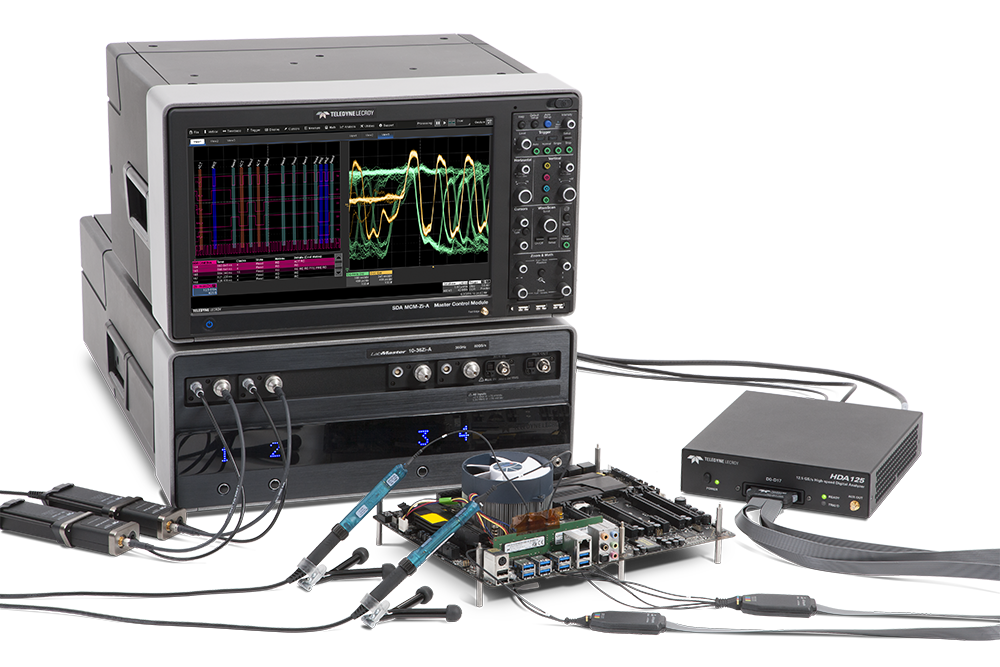In the world of hacking and cybersecurity, having the right tools at your disposal is crucial. One such indispensable tool is the logic analyzer. With its ability to capture, analyze, and decode digital signals, logic analyzers provide hackers with an unprecedented level of insight into the inner workings of electronic systems. In this article, we will delve into the realm of logic analyzers for hackers, exploring their capabilities, applications, and how they can empower both novice and seasoned hackers alike.

Understanding Logic Analyzers:
Logic analyzers are powerful devices designed to capture and analyze digital signals in electronic circuits. They offer a level of detail and precision beyond what can be achieved with traditional oscilloscopes or multimeters. By providing a comprehensive view of digital communication, logic analyzers enable hackers to examine data flow, detect anomalies, identify vulnerabilities, and reverse-engineer protocols.
Key Features and Capabilities:
Logic analyzers come equipped with a range of features that make them indispensable tools for hackers. These features may include high-speed sampling rates, large data acquisition capacities, advanced triggering mechanisms, protocol analysis capabilities, and flexible connectivity options. Understanding these features is essential for hackers to select the right logic analyzer for their specific needs.
Applications in Hacking and Cybersecurity:
Logic analyzers find extensive applications in various areas of hacking and cybersecurity. They enable hackers to perform tasks such as:
-
a) Protocol Analysis: Logic analyzers can decode and analyze various communication protocols, such as UART, SPI, I2C, USB, Ethernet, and more. This capability allows hackers to understand how data is exchanged between devices, identify vulnerabilities, and exploit them.
-
b) Firmware Analysis: By capturing and analyzing data during firmware execution, hackers can gain insights into the behavior of embedded systems. This can help identify security flaws, debug issues, and perform vulnerability assessments.
-
c) Side-Channel Attacks: Logic analyzers are indispensable tools for side-channel attacks, such as power analysis and timing attacks. By monitoring power consumption or analyzing timing variations, hackers can extract sensitive information like encryption keys.
-
d) Hardware Reverse Engineering: Logic analyzers play a vital role in reverse engineering electronic circuits and integrated circuits (ICs). They assist in understanding hardware functionality, identifying security mechanisms, and uncovering hidden features or backdoors.
Choosing the Right Logic Analyzer:
When selecting a logic analyzer for hacking purposes, several factors should be considered, including sampling rate, channel count, data acquisition memory, triggering capabilities, protocol analysis support, and compatibility with various hardware interfaces. Additionally, budget constraints and specific project requirements should be taken into account to make an informed decision.
Popular Logic Analyzer Tools:
There is a wide range of logic analyzers available in the market, catering to different needs and budgets. Some popular options for hackers include Saleae Logic Analyzers, Sigrok/PulseView, OpenBench Logic Sniffer, and USBee AX Pro.
Conclusion:
Logic analyzers have become indispensable tools for hackers and cybersecurity enthusiasts. By providing detailed insights into digital signals and enabling analysis of communication protocols, logic analyzers empower hackers to uncover vulnerabilities, perform firmware analysis, conduct side-channel attacks, and reverse-engineer hardware. Understanding the capabilities and applications of logic analyzers is essential for hackers to harness their power effectively and enhance their hacking endeavors. So, equip yourself with the right logic analyzer and unlock new possibilities in the world of hacking. Stay curious, stay ethical, and keep exploring the digital frontier.